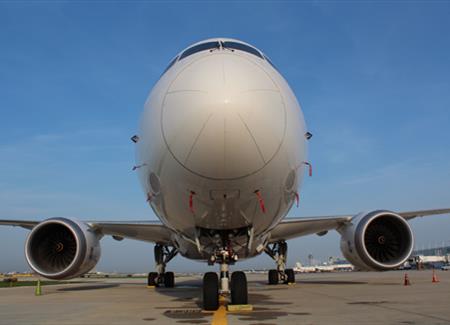

For women, 1,000 aged 16 to 24 work in trades, increasing slightly to about 2,000 for 25 to 34, just over 2,000 for 35-44 to more than 4,000 for those aged 45 to 64.


The number working in trades significantly declines after that, to less than 6,000 for 65 to 74, and around 1,000 for 75+. In every age group, the number of disabled AA and NHPI men in skilled trades is larger than the number of disabled AA and NHPI women in skilled trades.įor men, the number working in trades aged 16 to 24 is under 3,000, but this increases over each age bracket to around 5,000 for 25 to 34, around 5,500 for 35-44, over 8,000 for 45-54 to more than 11,000 for those aged 55 to 64. What are the age distributions of AA and NHPI workers in skilled trades with disabilities, separated out by gender?Īs the bar chart below shows, the largest group of disabled AA and NHPI workers employed in skilled trades are men aged 55-64. This pie chart, showing what trades disabled AA and NHPI workers work in, shows that 44% are in production trades, 36% are in transportation, 10% are in repair, installation and maintenance trades and 10% are in construction, extraction and agriculture trades. The least most common categories are construction/extraction/agriculture (10%) and repair/installation/maintenance (10%). What types of skilled trade professions are most common among AA and NHPI workers with disabilities?Īs the pie chart below shows, most disabled AA and NHPI workers employed in skilled trades are working in production (44%) or transportation (36%). The industry codes and groupings come from the Standard Occupational Classification System, which is a federal statistical standard that is used to group workers into different occupations based on job titles. Among the key findings are that 18% (approximately 56,000) AA and NHPI workers with disabilities are working in skilled trade professions.Īs with previous analyses (focused on people with disabilities overall, disabled Black workers and disabled women workers), these data were extracted from the Census Bureau’s American Community Survey for 2017 through 2021.
#FLIGHTCHECK HAWAIIN FREE#
The initiative provides critical information to workers, employers, and government agencies as they work to improve job quality and create access to good jobs free from discrimination and harassment for all working people, with emphasis on underserved communities.
#FLIGHTCHECK HAWAIIN SERIES#
This analysis is one in an ongoing series focusing on workers with disabilities in skilled trade professions in support of the Biden-Harris Administration’s Good Jobs Initiative. One of the Department of Labor’s high-priority program goals for advancing equity, justice and opportunity for Asian Americans, Native Hawaiians and Pacific Islanders (AA and NHPIs) is to publish labor force data separated out for AA and NHPI subgroups to better understand how they’re faring in the labor market.


 0 kommentar(er)
0 kommentar(er)
